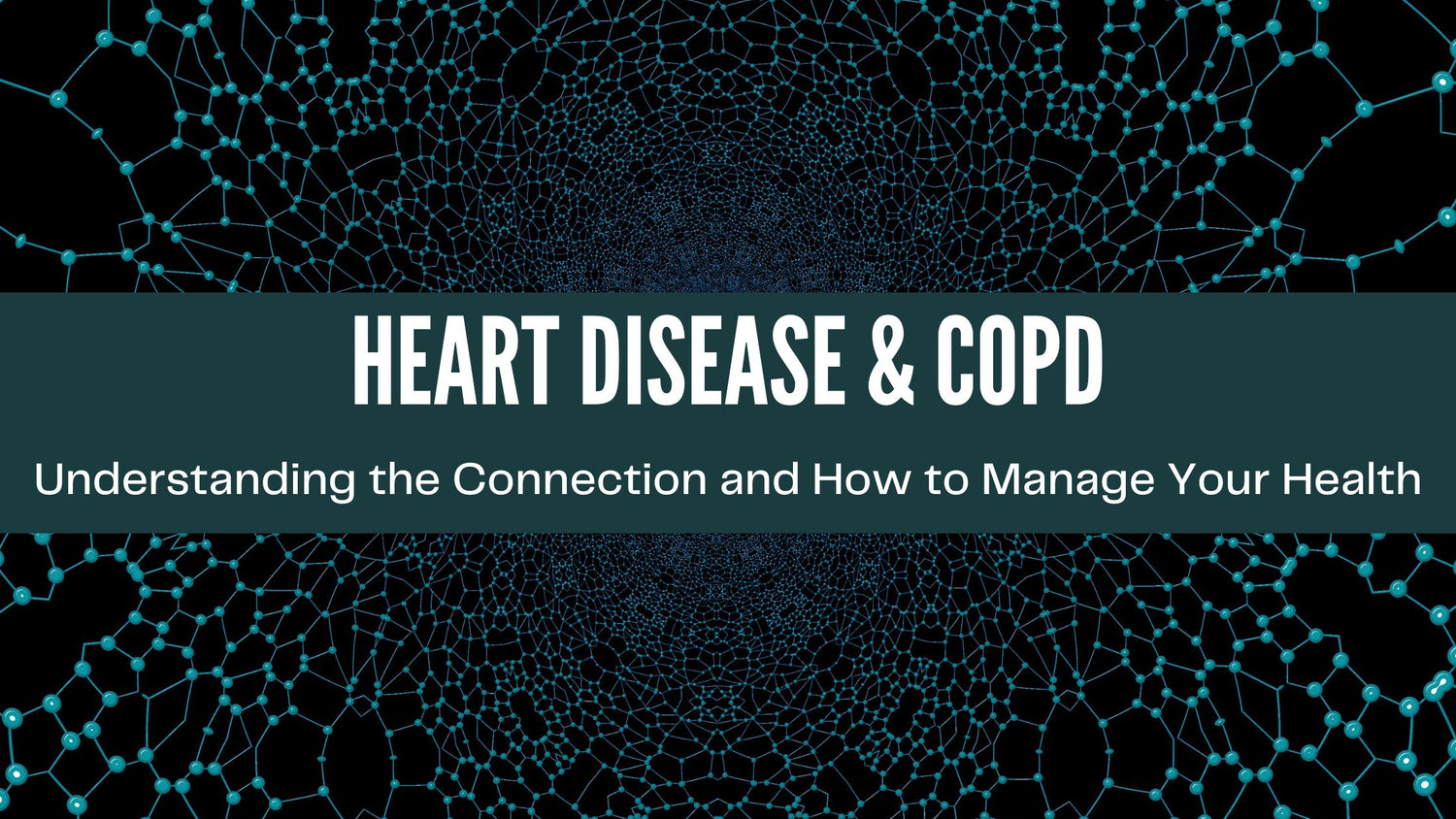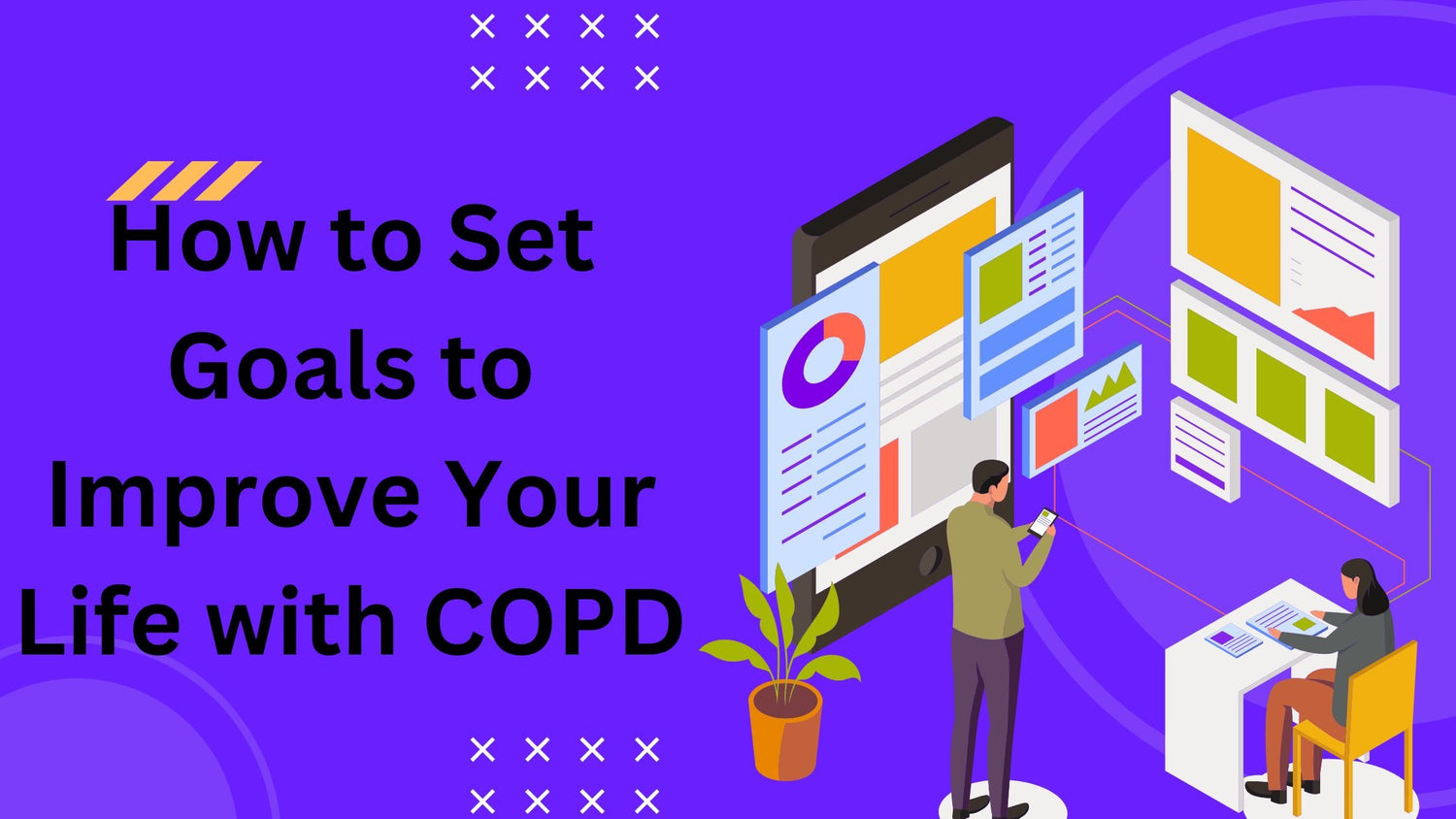Respiratory Resource Center - LPT Medical
Tracking how Chronic Obstructive Respiratory Disease Will Impact your Mental Health
Chronic Obstructive Pulmonary Disease (COPD) is a chronic...
Read MoreHeart Disease and COPD: Understanding the Connection and How to Manage Your Health
It's long been known that COPD and heart...
Read MoreHow to Set Goals to Improve Your Life with COPD
If you're like just about everybody else in...
Read More

